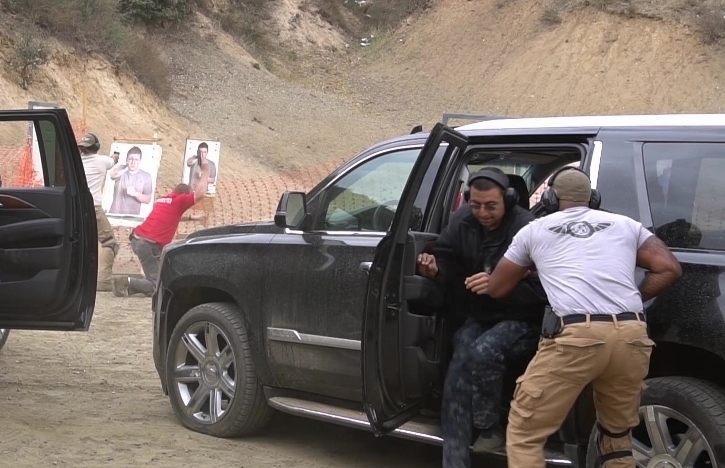In a world where threats can emerge from the shadows at any moment, the realm of executive protection is evolving faster than ever. For those charged with safeguarding high-profile individuals, conventional tactics often fall short against increasingly sophisticated risks.
This article delves into three advanced techniques that go beyond traditional training, providing insights that few experts are willing to share. From cutting-edge surveillance technology to psychological manipulation tactics, these methods are not only innovative but also crucial for creating an impenetrable security strategy.
Whether you’re a seasoned professional or a curious observer, prepare to uncover the secrets that could revolutionize the way you think about personal safety and threat mitigation. Buckle up as we navigate the intricate labyrinth of modern executive protection, where every detail counts and the stakes have never been higher.
1. Behavioral Analysis and Threat Assessment: Reading the Room Like a Pro

Understanding the subtleties of human behavior can be the linchpin in effective executive protection. Reading the room like a pro goes far beyond merely observing body language or facial expressions; it delves into the intricacies of social dynamics and situational awareness.
A seasoned protector must recognize fleeting signs of tension—perhaps a tight grip on a glass, a subtle glance toward an exit, or an anxious shift in posture. These nuanced cues can indicate potential threats lurking beneath the surface.
Yet, while it’s essential to analyze the immediate environment, it’s equally critical to interpret the context—a casual gathering may seem harmless, but is it truly devoid of lurking risks? This blend of active observation and deep contextual understanding forms the backbone of a solid threat assessment strategy, allowing protectors to anticipate and mitigate dangers before they escalate. In this high-stakes arena, the ability to decode the environment can mean the difference between safety and chaos.
2. Tactical Evasion and Extraction: Mastering Uncommon Escape Routes

Tactical evasion and extraction require a keen awareness of both your environment and the often-overlooked routes that lie within it. Imagine a bustling city center, where every alley and side street could serve as a lifeline should a situation escalate.
Mastering these uncommon escape routes not only involves identifying them ahead of time, but also understanding the dynamics of human behavior — where people congregate, where the shadows lie, and which exits will draw the least attention. It’s about anticipating potential threats, practicing quick decision-making skills, and being prepared to pivot at a moment’s notice.
In a world filled with unpredictability, the ability to discern and navigate these alternative paths could mean the difference between a smooth extraction and a crisis. By honing these skills, you’ll not only bolster your defensive strategies but also provide peace of mind that when the unexpected occurs, you’ll have the tools to evade effectively and escape efficiently.
3. Technology Integration: Utilizing Cutting-Edge Tools for Enhanced Security

In the ever-evolving landscape of executive protection, the integration of cutting-edge technology has become paramount for enhancing security measures. Imagine a protective detail equipped with state-of-the-art drones that can surveil vast areas, gathering real-time intelligence while minimizing risk.
Coupled with advanced biometric scanners that grant access only to authorized personnel, the security environment transforms into an impenetrable fortress. But it doesn’t stop there—AI-driven analytics tools predict potential threats by analyzing multiple data streams, providing bodyguards with invaluable foresight.
These innovations empower protection teams to not only respond effectively to imminent dangers but also to proactively mitigate risks long before they materialize. In this realm where technology meets tactical precision, the possibilities are as boundless as they are essential.
Conclusion
In conclusion, advanced executive protection techniques are paramount for ensuring the safety and security of high-profile individuals in an increasingly unpredictable world. The insights provided in this article highlight the importance of incorporating innovative strategies, situational awareness, and cutting-edge technology into protective measures.
For those serious about mastering these advanced techniques, institutions like https://pwa.edu/ stand out as valuable resources, offering specialized training programs that equip security professionals with the skills and knowledge needed to excel in this critical field. By embracing these methods and continuously honing their craft, executive protection agents can stay ahead of emerging threats and provide unparalleled protection to their clients.


